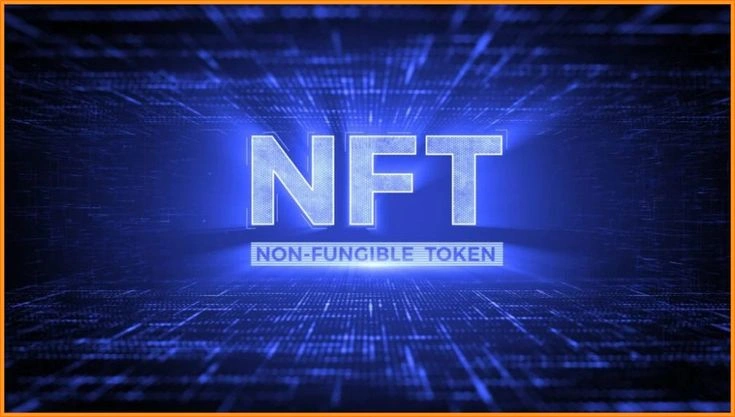Web3 Spending Behavior Signals Shift from Paycheck Living to Asset Strategy
February 21, 2025

[April 29, 2025] — Web3 spending behavior: As the Web3 economy continues to expand, a growing divergence in how users manage their finances is becoming increasingly evident. Experts and participants alike point to a fundamental shift in Web3 spending behavior, marked by a clear divide: those living on inconsistent, crypto-based earnings and those leveraging digital assets to build financial flexibility.
In traditional financial systems, individuals typically followed a predictable pattern—earning, spending, and, when possible, saving. But in the decentralized world of Web3, that model is being disrupted. With income streams tied to cryptocurrency, NFTs, staking mechanisms, and decentralized autonomous organizations (DAOs), the way people handle money is undergoing significant transformation.
“The average Web3 user today might receive part of their income in Ethereum, participate in airdrops, or earn royalties through NFTs,” said Lina Reyes, a researcher at DeFi Insights. “That’s a far cry from biweekly paychecks in fiat.”
A Financial Identity in Flux: Understanding Web3 Spending Behavior


Web3 introduces multiple forms of value beyond simple cash or card payments. Payments are now often received in tokens—volatile or stable—or even in digital collectibles with fluctuating worth.
Some individuals, especially newer participants, treat these tokens like disposable income—spending quickly, converting when needed. Others, often more experienced or resourceful, treat tokens like long-term investments, staking them for passive yield or holding them as part of broader financial strategies.
This contrast in attitudes has given rise to two distinct financial paths within the Web3 ecosystem.
Crypto Paychecks: Life at the Margin


A significant portion of Web3 contributors still live paycheck-to-paycheck—albeit in crypto. Freelancers, creators, and builders often rely on bounties, token distributions, or DAO-approved payments to make ends meet. These sources can be irregular and heavily affected by market volatility.
“One week, you’re riding high on a successful NFT drop. The next, you’re waiting on a governance vote just to get paid,” said Malik Thomson, a freelance smart contract developer based in Singapore.
Gas fees—transaction costs on blockchain networks—further complicate matters. On Ethereum, transferring tokens can cost tens of dollars, effectively acting as a barrier to everyday use.
While the decentralized financial system offers flexibility and autonomy, it often lacks the stability of traditional income models, creating stress and unpredictability for many.
Web3 spending behavior: Asset Flexibility Gains Ground Among Web3 Veterans


At the other end of the spectrum, seasoned Web3 users are embracing asset-based strategies. These individuals are not dependent on regular payouts. Instead, they tap into the potential of their crypto holdings through yield farming, staking, and NFT-based utility models.
“They’re not just holding tokens—they’re making them work,” said Reyes. “Whether through liquidity pools or digital identity platforms, these users are building mini-portfolios.”
Such strategies come with their own risks. Fluctuating markets and smart contract vulnerabilities can lead to losses. Nonetheless, these methods are enabling a segment of users to establish a degree of financial independence rare in traditional gig economies.
Factors Fueling the Divide in Web3 Spending Behavior

The gap between paycheck-driven and asset-leveraging users is shaped by several key variables:
- Experience: Long-time users tend to diversify assets and income sources.
- Risk Tolerance: Higher tolerance often leads to greater experimentation with DeFi tools.
- Payment Models: Projects that pay in stablecoins provide more predictability than those issuing volatile native tokens.
- Access to Education and Tools: Those who understand DeFi mechanisms tend to extract more long-term value.
Luck, too, cannot be ignored. The early adopters of successful NFT projects or token economies often enjoy advantages that newcomers can’t easily replicate.
Looking Ahead: A Hybrid Web3 Financial Model
Industry observers suggest that as the Web3 space matures, more hybrid financial models will emerge. Participants may earn in stablecoins while maintaining speculative assets, or use NFTs as collateral in lending protocols.
Financial flexibility, rather than strict stability, is likely to define success in the Web3 environment. However, the gap between those with tools and knowledge versus those without may continue to widen.
“Web3 isn’t just about decentralization—it’s about designing new financial behavior,” said Thomson. “And right now, that behavior is split between survival and strategy.”
As adoption broadens, so too will the sophistication of spending habits. For those navigating this space, understanding the dynamics of Web3 spending behavior is becoming as essential as understanding the technology itself.
Relevant News: HERE

